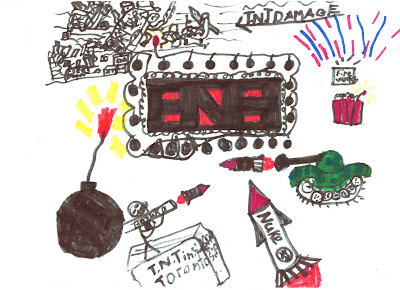We think we have found the following moths in our backyard:
pale matanema (matanema inatomaria): We have not come across other moths with these earthy colours that has a brown tip on the apex of the forewing, but not sure of this identification.
forest tent (Malacosoma disstria) There were two distinct brown bands and browner toward wing attachment, but not sure of this identification.
Another moth was quite pale with two tiny dots on the wings.
white-ribboned carpet moth (Mesoleuca ruficillata): This is a fancy moth with very distinct black and vanilla markings and longer wings. The identification seems certain.
Green Pug Moth--Larenthiinae/Eupitheciini/Pasiphila rectangulata: This is a green moth with shorter wider wings. The identification seems certain.
Pseudaletia unipuncta: Also known as an army worm, this is a non-descript little brown moth. But it could be any number of other little brown nondescript moths.
Pale Beauty Moth--Ennominae/Campaeini/Campaea perlata: This is a larger snow white moth with a delicate beige band running from the inner to costal margins about a third of the way up from the outer margin. The body is short and it has filiform antennae. The identification seems certain.
Eastern Tent Moth Malacosoma americanum
Melanolophia canadaria (Canadian Melanolophia)
Antheraea polyphemus: aka the giant silk moth. This is a HUGE moth!!! The motherload of moths! Zoo measured wingspan at 15 cm. It is way too large for a jar. It has short plumose antennae. There are large eyespots with a dark purple ring on the hind wings, named for Polyphemus in Greek mythology.
Blinded sphynx (Paonias excaecatus): Another amazing moth found just minutes after the giant silk moth. This moth is disguised as a dried up brown leaf. With his hidden forewing, it was more difficult to see the blush at the humeral angle. His shape is quite different from a classic moth.
Trichodezia albovittata: Zoo's friend found this black beauty, larger than an average moth, but smaller than the giant silk moth.
Plume moth (Sphenarches ontario): From the Pterophoridae family, this sleek flyer was spotted on the kitchen ceiling by Dad.
Dwarf tawny wave moth (Cyclophora nanaria) From the Geometridae family (Sterrhinae subfamily), this is a tough one... This is the best guess. Our little guy was browner with more orange yellow contrast.
White spring moth (Lomographa vestaliata): Another best guess. For one thing, it isn't spring anymore. This fellow had yellow femur, like the orange femur of the tiger moth, but it did not have the full plumose antennae (more pectinate), nor a hairy head.
Dogbane tiger moth (Cycnia tenera): Finally an easy ID!
Clover hayworm moth (Hypsopygia costalis): This little one had the shape of a Pyralidae, but couldn't ID him until he opened his wings and we could see his entire gold fringe.
Morning glory plume moth: (Emmelina monodactyla)
Beautiful wood-nymph (Eudryas grata): A fungus-like beauty wearing large hairy white boots on its front legs and sporting yellow hindwings.
small phoenix moth female (Ecliptopera silaceata)
Rose plume moth (Cnaemidophorus rhododactyla)
Small magpie (Eurrhypara hortulata): Another difficult one to track down, this one has a pleasing cream-coloured background, a brown fringe and markings, and sports a sunny yellow cape around his shoulders.
Greater black letter dart (Xestia dolosa) northern variable dart
Maple basswood leafroller (Cenopis pettitana): This yellow moth was a tougher ID, but sure of ID when we found the little orange dots.
Waved sphinx (Ceratomia undulosa): Dad found this one on the upper deck. It is much bigger than the average sized moth and was an easy ID.
Genista broom moth (Uresiphita reversalis): This one surprised us in our living room while we were sitting around waiting for the moth trap to fill up! The picture shown has less of a distinct brown fringe on the orange hindwing than this one did. The following morning we found another owlet moth with orange hind wings and patternings and further investigation suggests that they are all
Lesser yellow underwing (Noctua pronuba)
Eastern tent caterpillar moth (Malacosoma americanum)
Boxwood leaftier (Galasa nigrinodis): Dad found this one on the patio. A hard ID, but sure of this one now from the paler trimming on the outside mid wing that gives the appearance of a waist, the clumps and white stripes on the legs, the two shiny copper circles on the shoulder, and the discheveled appearance! This one looks like he was put together with parts from the bottom of the box.
Oak leafshredder ()
Horned spanworm moth (Nematocampa resistaria)
(Lacinipolia meditata)
Cloaked marvel moth (Chytonix palliatricula) This is another yellow underwing owlet moth. This one has amazing double stripe orange.
Single-dotted Wave (Idaea dimidiata)
Extreme Weather Condidtions in Durham Region
14 years ago


















